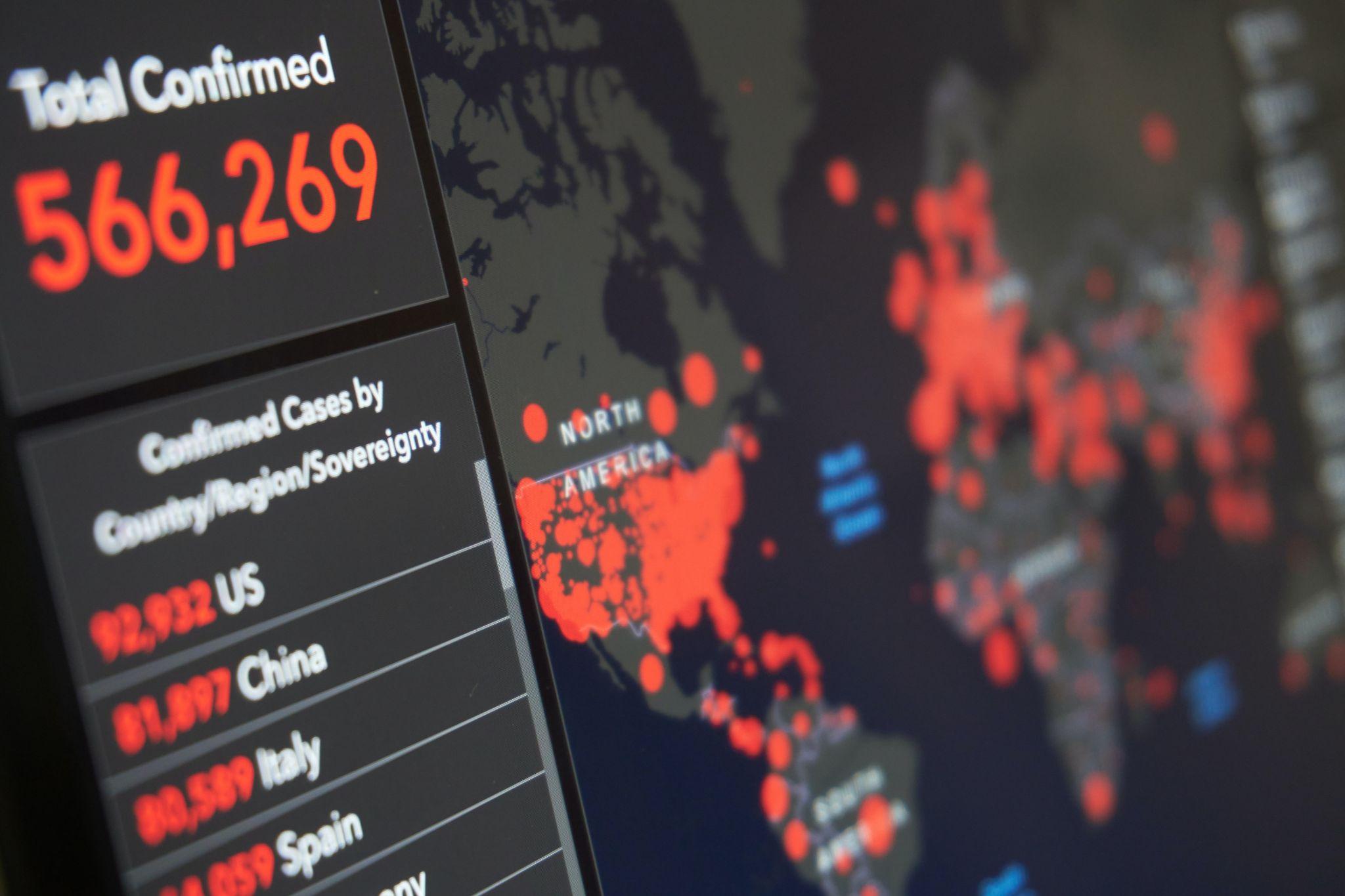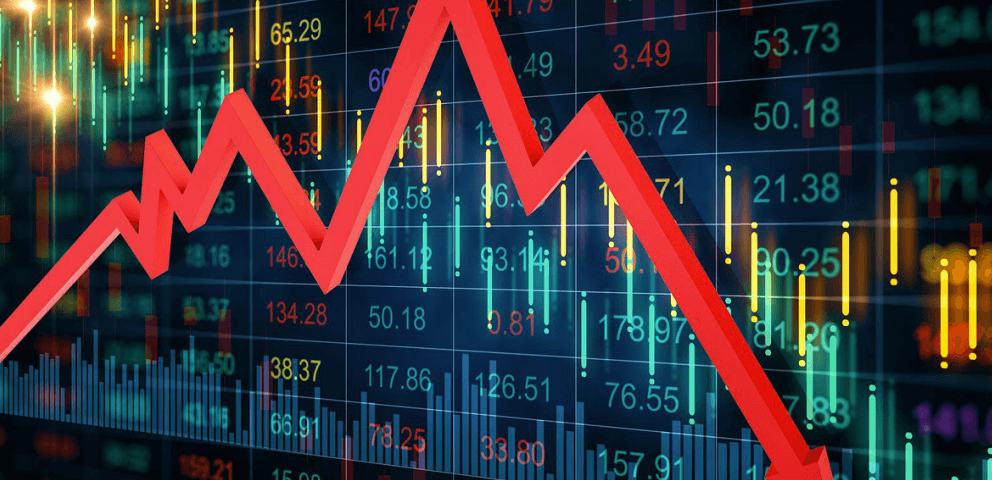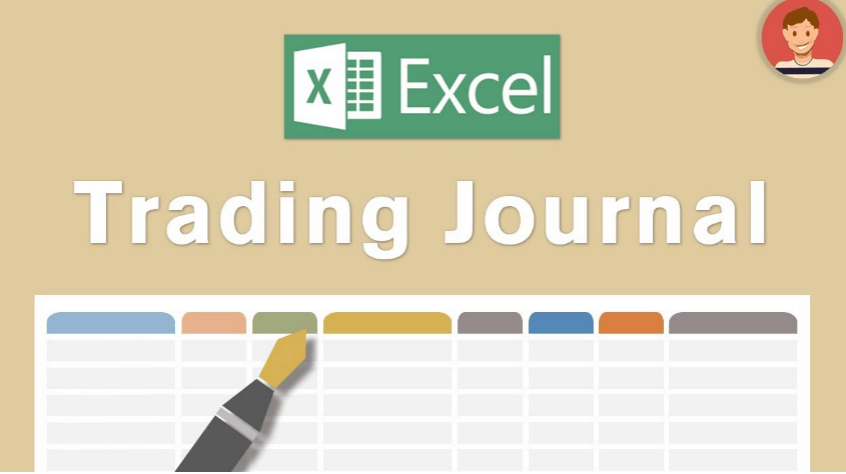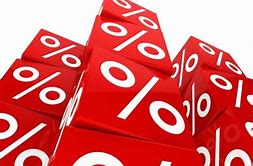"The Global Economy: Trends, Risks, and Opportunities for Investors"
Introduction
The global economy is continuing to grow, despite the many risks and uncertainties. While there are clearly areas of concern, such as rising inflation in some countries and turbulent markets due to geopolitical tensions, it's important for investors to look at what's going on around the world from an objective perspective rather than from their own personal experience or bias. This article will provide a brief overview of some key trends that influence global growth over the next decade so that you can make informed decisions about how best to invest your money in this dynamic environment.
The economic growth over the past decade has been a tremendous achievement.
The global economy has grown at a steady rate over the past decade. Growth has been led by emerging markets and debt-laden developed countries, but it also includes developing nations that are experiencing strong economic growth.
The United States and China have been responsible for half of all world economic growth over this period (each accounting for about one-third), while Japan's GDP declined by 0.5% in 2017 due to its aging population and anemic spending on infrastructure projects.
Growth has been led by emerging markets and debt-laden developed countries.
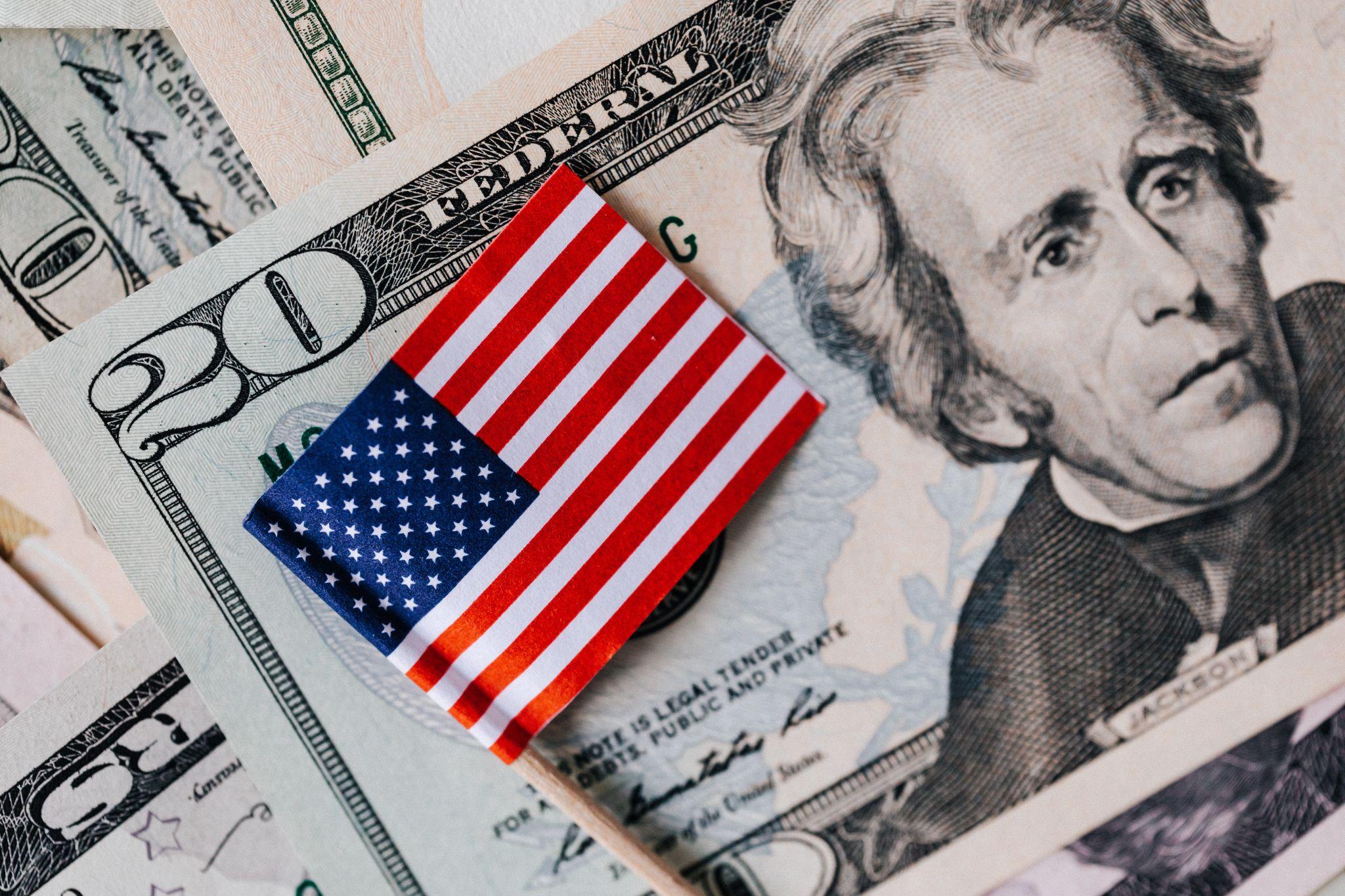
The global economy has been led by emerging markets and debt-laden developed countries.
In the past five years, growth has been driven by developing economies—particularly those in Asia—with many expecting this to continue over the next few years as well. On the other hand, several developed countries have slowed down after enjoying strong growth for decades due to aging populations, high rates of unemployment, and debt levels that make it hard to borrow money at affordable interest rates.
Inflation remains elevated in several parts of the world.
Inflation is a measure of the rate of increase in prices. When it's too high, consumers have trouble buying goods and services because they're more expensive than they were before. That can lead to slower economic growth and lower asset returns over time.
Inflation is also known as "cost-push" inflation because it occurs when costs rise faster than wages or other prices (like oil). This can happen when there's increased demand for goods or services—for example if you suddenly need a new car after buying one last week; if you go out with friends more often and order more drinks than usual during happy hour; or if you start working overtime because your employer needs extra help during busy season (in which case your employer might want to raise salaries).
Trade deficits have proliferated in many developed economies, with China being a major exception.
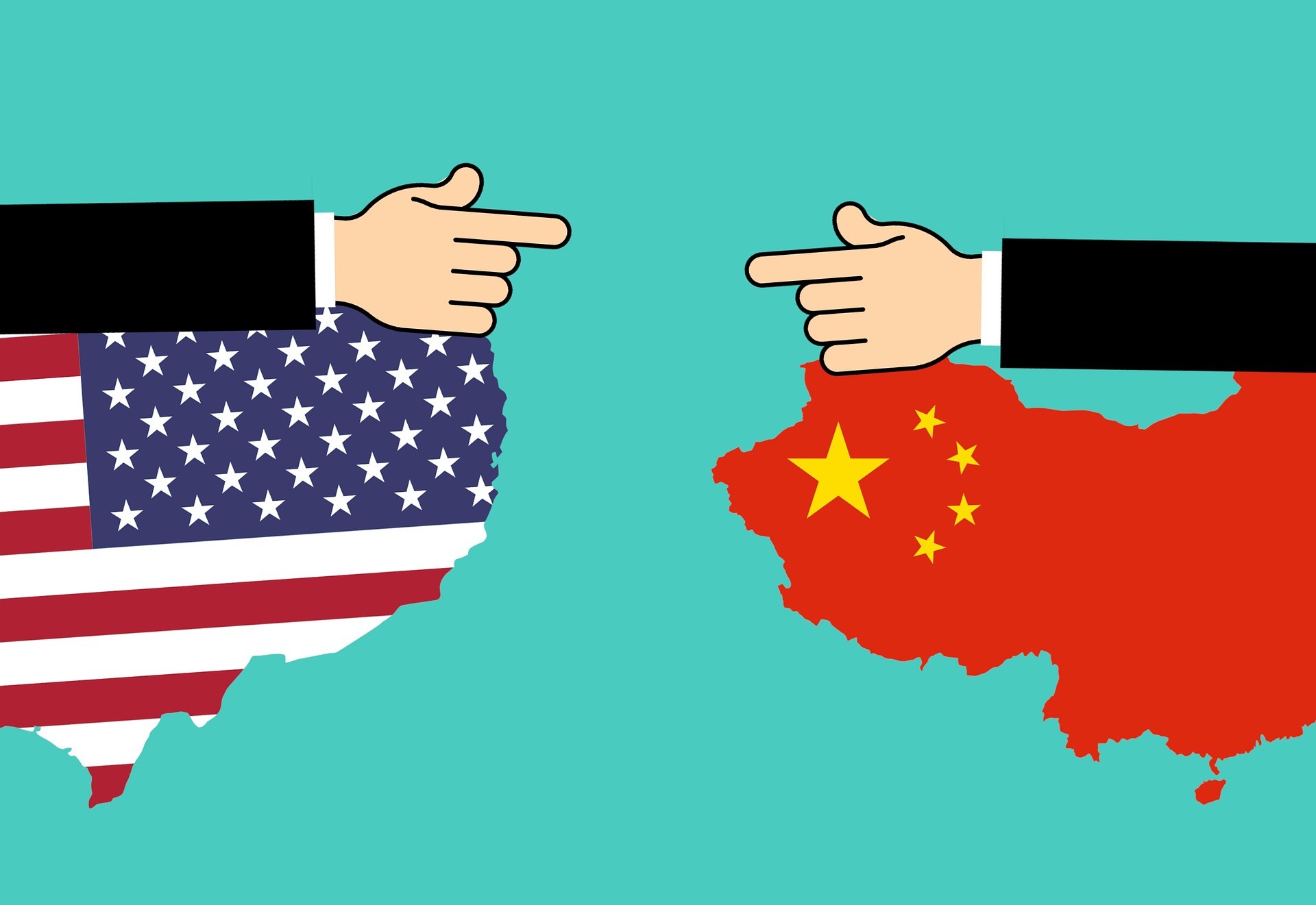
Trade deficits have proliferated in many developed economies, with China being a major exception. The trade deficit is the difference between imports and exports (or net exports). This can be measured by calculating net exports as the difference between goods and services purchased from abroad, plus any capital transfers sent abroad by residents of one country to residents of another country during that same period of time. If you have more money coming into your country than going out, then this means there are fewer jobs available for workers who live where you do; however, if there are more jobs available overseas than domestically then it means that foreigners want to invest their money here rather than sending it elsewhere.
The chart below shows how much countries spend on imports versus what they earn from exporting goods and services each year; we've highlighted which ones were hit hardest by falling oil prices (which means lower revenue) since 2014:
Consumer confidence levels are high in most countries, with technology integration continuing to benefit consumer spending patterns.
Consumer confidence levels are high in most countries, with technology integration continuing to benefit consumer spending patterns. This is a good thing for investors, as it means that consumers will continue to spend money on things like cars and home improvements.
It’s also a good thing for the global economy—especially if you’re an investor! As we saw when oil prices rose in 2014-2015, people tend not just to save more but also invest their savings into risky assets like stocks or bonds that pay higher returns than savings accounts do (if anything).
Global fiscal policy remains focused on domestic demand using tax cuts and monetary easing as its primary tools to stimulate activity in the domestic economy.
In contrast to the United States, where fiscal policy is focused on domestic demand using tax cuts and monetary easing as its primary tools to stimulate activity in the domestic economy, global fiscal policy remains focused on domestic demand using tax cuts and monetary easing as its primary tools to stimulate activity in the domestic economy.
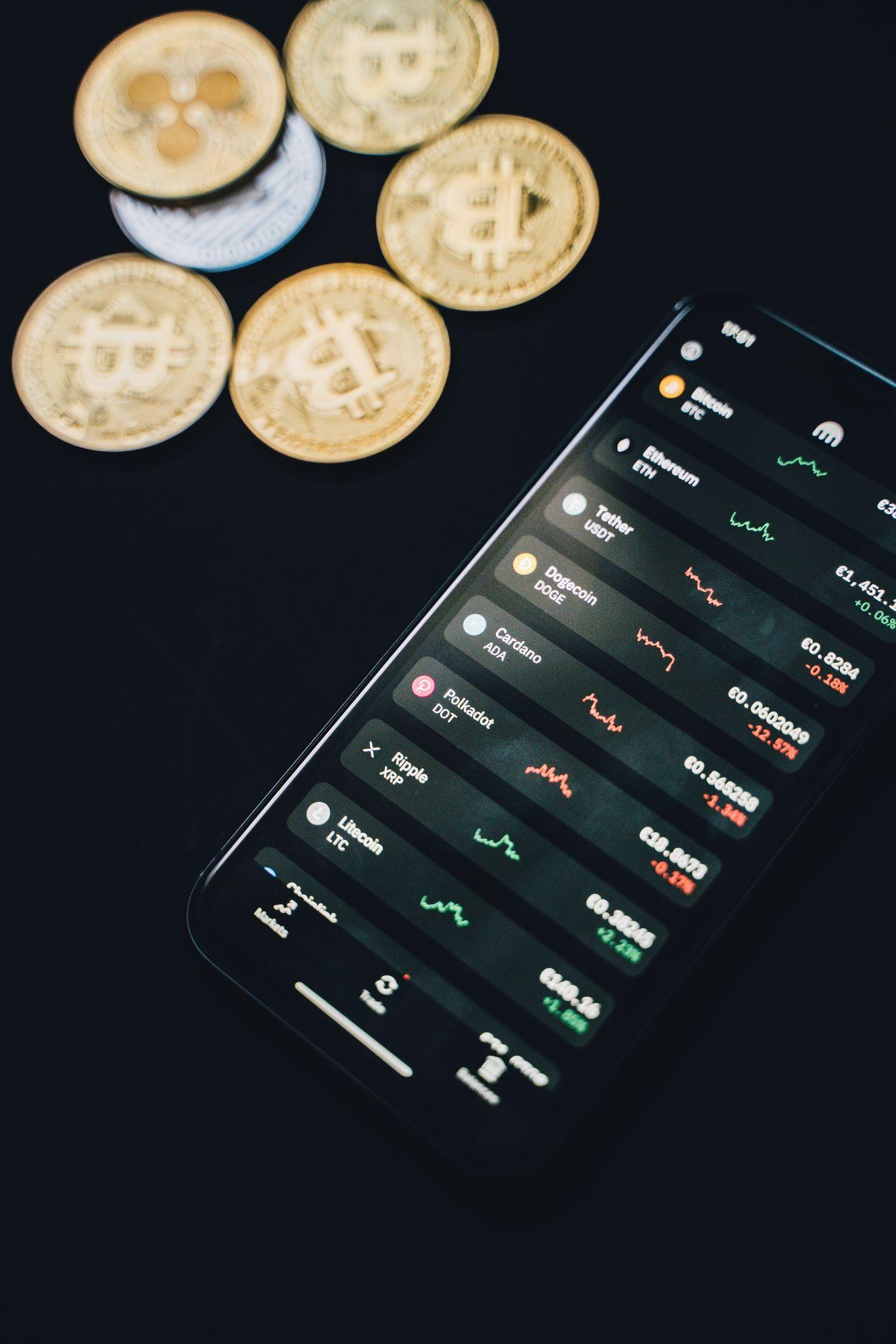
Despite global risks like low oil prices, potential market volatility, and geopolitical tensions, investors should be optimistic about the future of the global economy
Despite global risks like low oil prices, potential market volatility, and geopolitical tensions, investors should be optimistic about the future of the global economy.
The global economy is strong. In fact, it's at its strongest point since 2007-2008 when we were hit by a financial crisis that nearly collapsed our banking system and brought down several major economies around the world. But even with this recent history in mind, you'd be hard-pressed to find many who believe that things could get any worse for investors than they did during those dark days—and yet here we are again with another potential crisis on our hands!
It's important for investors not only to understand how vulnerable their investments maybe if things go south financially but also why certain areas will likely weather these storms better than others:
Conclusion
In conclusion, it is clear that the global economy has made great strides over the last decade. Despite some lingering risks, investors should be optimistic about the future of the global economy in 2016 and beyond. Growth continues to be led by emerging markets, while developed economies remain highly indebted and prone to inflationary pressures as they struggle with excess capacity and a weak labor market. In addition, trade deficits have proliferated in many developed economies while China remains an exception due to its high savings rate and large foreign exchange reserves. The next few years may see more volatility as the world’s major economies continue to shift away from their loose monetary policy positions towards more restrictive ones—but we expect this transition will ultimately benefit long-term investors who are willing to wait out what could be choppy waters ahead!
(Writer:Ganny)
